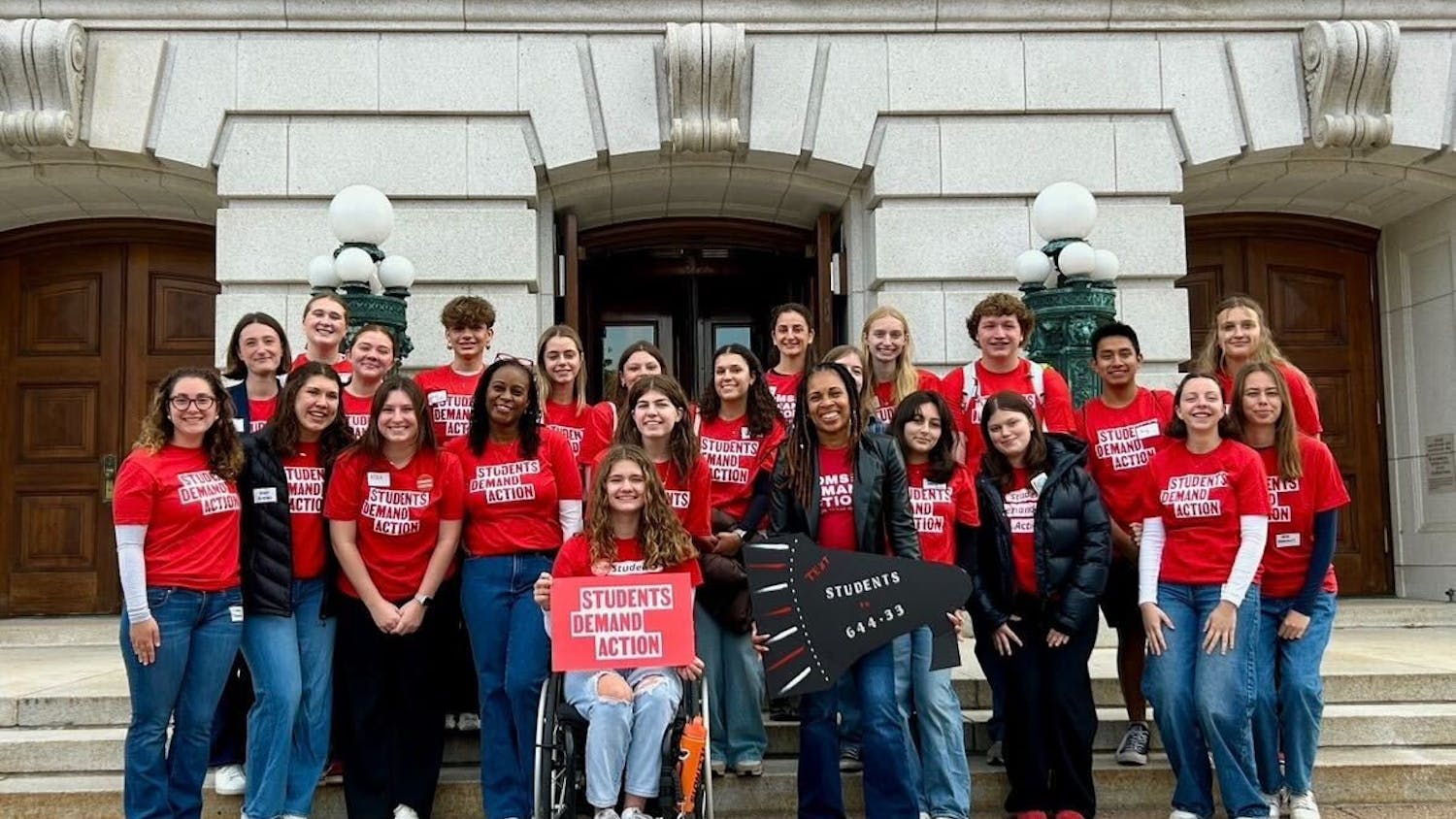SCIENCE
Dear Mr. Scientist,
How do aphrodisiacs work? Is there some component in aphrodisiac foods that is physically arousing? Why do humans respond to them?
-Ellen A.
In theory, aphrodisiacs work by either increasing blood flow to certain body parts, increasing hormone levels, or by simply resembling sex organs. To date though, only one substance has been proven to induce mating in those that ingest it or even smell it: a mixture of phenylacetic acid and phenylacetaldehyde. It's important to note that these two chemicals only work on males, and only on male fruit flies. There has yet to be a food or supplement found to work on humans of either sex, so we still have to rely on things like personality, good looks or large amounts of money.
Dear Mr. Scientist,
Why is it that every time I try talking to a girl I like, my mind goes blank, I stumble over my words, and I look like an idiot?
-Garrett F.
Unfortunately for us guys, we are truly powerless to the appeal of girls. Recent studies have shown that men perform worse on cognitive tasks after talking to a woman, and the more they are attracted to the woman, the worse they perform. The suggested theory is that men view interactions with the opposite sex as an opportunity to find a mate, and because of this, they constantly monitor and modify their behavior in order to impress their "potential mates." This takes up most of your brain power, so you're left with just enough to act like a fool.
Dear Mr. Scientist,
Newt Gingrich seems to really like the moon. He wants to set up a colony and even a mining industry. What is there to mine on the moon?
-Mark W.
We are facing a future shortage of rare earth elements like gadolinium and terbium, which are used in televisions, batteries and other electronics. Luckily, samples from the moon contain some of these rare metals. More importantly, the moon may also contain large amounts of helium-3 (an isotope of helium), which is in short supply and needed for MRIs, weapons detection and possibly cold fusion. There is no guarantee that large enough supplies of these elements exist, though, and with conservative estimates putting initial costs in the billions, we probably won't be seeing any moon miners soon.
Mr. Scientist is Michael Leitch. If you have a burning science question you want him to answer, e-mail it to science@dailycardinal.com.





